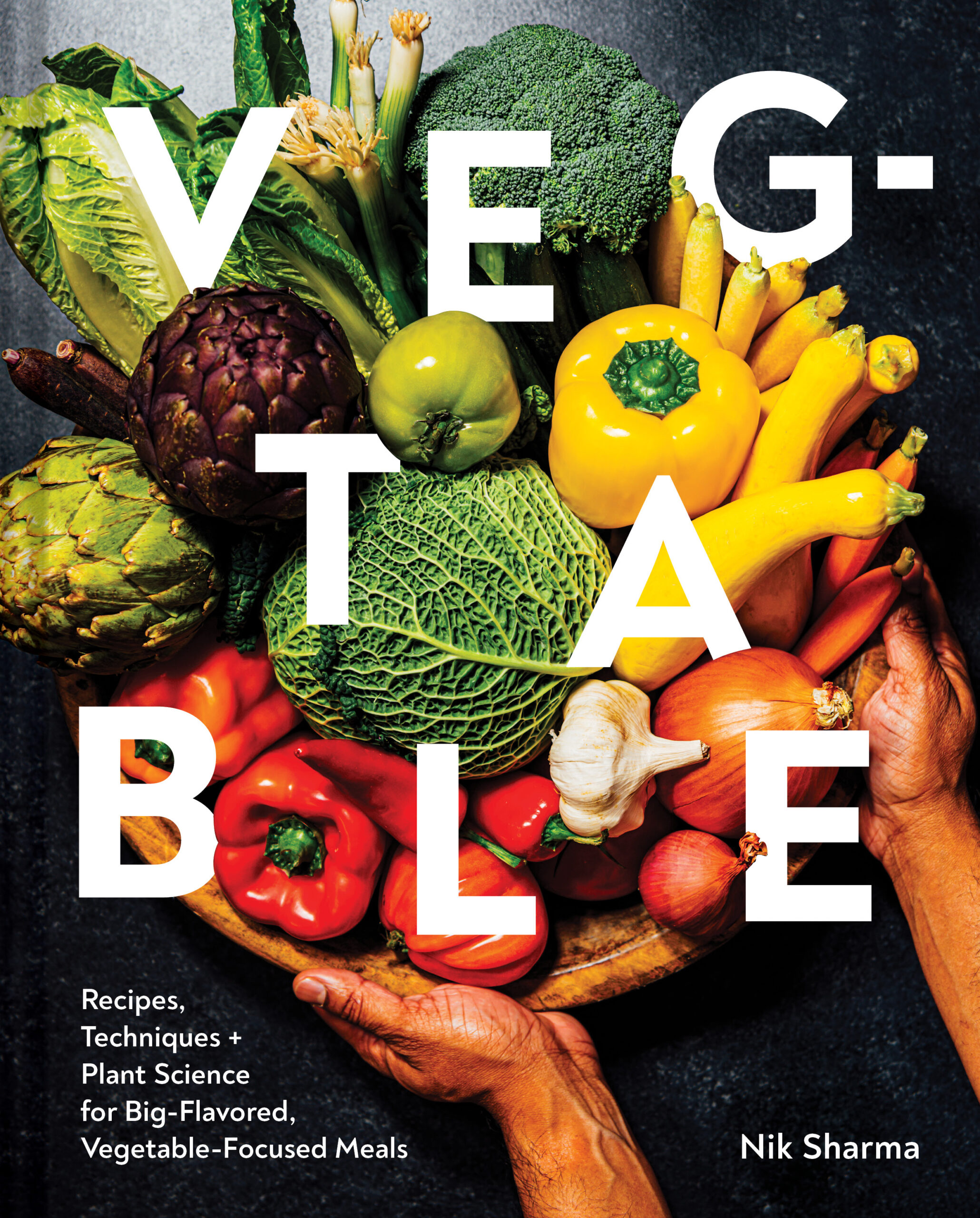I’ll be completely frank about this, I don’t make yogurt at home as often as I could or should, but this week, I couldn’t find any at the store and decided to make a batch home with some leftover yogurt. I usually make yogurt when I need a large quantity, especially when making a yogurt-based marinade or a yogurt soup for many people. This is my go-to method that works fantastic every time. It’s a good basic recipe to have on hand when you need it.
Mechanism of Yogurt production:
Three main things are happening here: Fermentation of milk by lactobacilli (special microorganisms that eat the milk sugar lactose), milk proteins are denatured by heating but will eventually get denatured even further and coagulate by the lactic acid produced by the microorganisms.
Special bacteria called lactobacilli utilize milk sugar, and lactose as an energy source and produce lactic acid. The lactobacilli will also consume milk proteins, amino acids, etc., producing other flavor molecules in the yogurt. The lactic acid will change the pH of the milk, making it acidic, and the milk proteins will change their shape, and even the electric charges on the milk proteins will change. As a result, the milk proteins will split into a solid white cake-like structure, and some will remain soluble in the greenish whey liquid. Whey gets its green color from one of the B family’s vitamins, riboflavin. Heating the milk before the yogurt is added also helps to change protein structure through protein denaturation and will eventually lead to a better texture once the protein has coagulated.
Making yogurt at home is not intimidating. You need to make sure you heat the milk to the right temperature. Read my notes before you start.


homemade yogurt
- Yield: 1/2 gallon/ 1.9 L
Ingredients
1/2 gallon/ 1.9 L whole milk (see notes)
3 to 4 Tbsp of yogurt with LIVE cultures (see notes)
Instructions
- Heat the milk in a thick-bottomed saucepan over medium-high heat to 185F [85C] when measured by an instant-read digital thermometer, and maintain at this temperature for 3 minutes.
- Remove the milk from the stove, cover it with a lid, and let it sit outside on the kitchen counter till it cools to 110F/43C, when measured by an instant-read digital thermometer. The cooling time will depend on the ambient room temperature.
- Once the milk is cooled to 110F/43C when measured by an instant-read digital thermometer, whisk in the yogurt (the milk is now inoculated with the bacteria). Transfer the inoculated milk to a clean, sterile glass or plastic storage container with a lid. You can divide the inoculated milk into smaller containers. Partially seal the container (s) with its lid, to allow a little air to enter.
- Place the container (s) with the inoculated milk into a large deep pot and fill it with enough water up to the height of the milk in the container to ensure it is exposed to the water. Set the cooking conditions on the sous vide device to 110F/43C for 14 hours. Cover the top of the pot with a lid or plastic wrap to reduce the risk of water loss through evaporation. During this time, avoid shaking the yogurt to see if the milk proteins have changed; shaking during fermentation will affect the texture of the yogurt. Once the time is complete, remove the containers from the water bath. The translucent greenish whey liquid will separate from the solid milk proteins; the latter will look like a soft white cake. Seal the container(s) tightly with a lid and refrigerate for up to 2 weeks. (NOTE: If you don’t own a sous vide device, read the headnotes for suggestions).
Notes
- Use fresh milk. I prefer whole-fat milk, but you can use low-fat milk too. The quality in texture will be different because fat adds a creamy mouthfeel to the milk proteins. Avoid milk that contains stabilizers and thickeners; these give the whey a thick viscous consistency.
- I’m using cow’s milk. In India, buffalo milk would be used. Depending on the type of milk used, you will notice some interesting taste and textural differences because there are different amounts of various components like protein, calcium, etc.
- Technically, we’re not making yogurt from scratch. We’re not going to make a starter culture here. Instead, we’re going to inoculate (the scientific word for adding microbes to anything) the milk with leftover yogurt from the store. The important thing to check, and I can’t stress this enough, is to use yogurt labeled LIVE CULTURES. If the yogurt is pasteurized or doesn’t have live bacteria, no lactobacilli are present to work on your milk. I used a few tablespoons of a 5% fat Greek yogurt to inoculate my yogurt that contains Lactobacillus bulgaricus, S. thermophilus, L. acidophilus, Bifidus, and L. casei. Besides, Greek yogurt, regular plain yogurt will also work as a source of microorganisms.
- Temperatures: There are two main temperatures to pay attention to here;
- 185F/85C – Do not boil the milk; I’m using pasteurized fresh milk; if it’s a brand new jug and you trust your source, it is no point in wasting energy on it. Instead, heat the milk to 185F [85C] and maintain it at the temperature for 3 minutes. This is because the heat at this temperature helps change the shape of the milk proteins and will eventually produce the best texture. We’re denaturing the protein’s shapes using heat.
- 110F/43C – This is the temperature at which the lactobacilli will replicate the best and is called the optimal growth temperature conditions for yogurt made with milk.
- Use clean and sterile containers to store the milk and yogurt. Make sure your thermometer is also cleaned before every use.
- Sous vide – I like to use my sous vide when I need a controlled temperature environment. In this case, the circulating water bath provides even heating for a long time and better accuracy than air. This will help achieve optimum fermentation and the best texture of yogurt. If you don’t own one, that is fine; you can keep it in a warm spot in your kitchen covered and let it ferment. There are different ways; some folk also leave the yogurt in an oven previously kept warm, and others might use an Instant Pot’s yogurt setting (I looked this up, and it maintains the yogurt at 110F [43C]). The sous vide is the method, I find the best due to its accuracy and better control. Do what works best for you.
- The firmness of yogurt improves after refrigeration. It can also depend on the type of milk used, and the type of bacteria fermenting your milk. The exact strains used to ferment yogurt vary by country.
- Some extra information: fresh yogurt’s pH should be about 4.5 at room temperature.
- To make Greek yogurt and labneh, drain the yogurt in muslin or cheesecloth to get rid of the whey. For Greek yogurt, drain it in the refrigerator for 36 to 48 hours until you get the right thick and creamy texture. For labneh, you will need to stir in salt and drain it for about 48 to 72 hours, until there is no longer any whey.
- The final incubation period in the water bath is written specifically for use with a sous vide device. A sous vide/immersion circulator will offer a more controlled temperature with more specificity. However, it’s not the end of the world if you don’t own one. Keep your container(s) of inoculated milk in a warm spot in your kitchen and leave it there for about the same length of time, till the milk is fermented to yogurt. It could take a few more hours if the room temperature is a bit cool, (it took 16 to 18 hours without a sous vide device during spring in Oakland, CA). Regarding the temperatures listed here, a little bit of error is okay; the main thing to remember is not to add the yogurt to the milk if it is too hot; the optimal growth temperature for the lactobacilli in yogurt is 110F/43C; avoid anything above this. At this temperature, the bacteria will replicate and ferment the milk to the best of their capabilities. This is a recipe; I recommend starting in the evening and letting it sit overnight to ferment and turn to yogurt.
- Author: Nik Sharma



